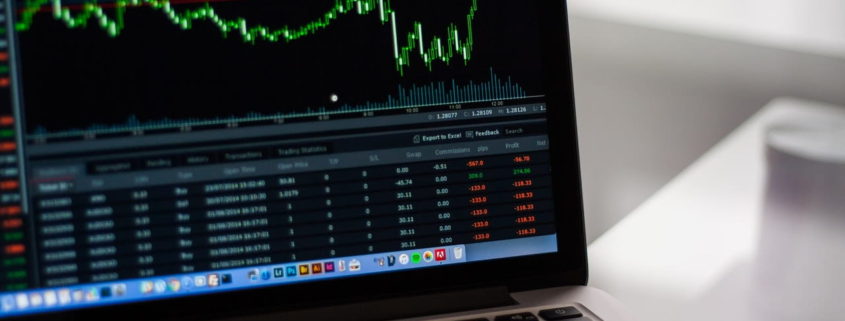Oil Reaches $71.85, Next Target $76.47
West Texas Intermediate reached $71.85 last week, just shy of the $71.93 target cited in my March 3rd forecast. The new 2018 high of $71.85 is the highest price for a barrel of oil since November 2014. At that time, crude oil inventories were in a surplus as prices in the months to follow would eventually fall to $26.03 per barrel by Feb 2016.
However, unlike the 2014 -2016 period where prices declined from 107.65 to 26.03 during a period of stagnant growth and oil surplus, last week’s $71.85 price was achieved during an environment of sustained global industrial rebound and rising oil demand.
Additionally, global oil production and consumption are at historic levels with consumption outpacing supply.
Added to this situation are geopolitical issues in Iran and Venezuela, leaving a razor thin margin of 1.5 million barrels per day between global surplus and deficit.
With total global output and demand both approaching 100 million barrels per day and world wide production at 93% capacity utilization, little room remains to fill the void being created by rapidly expanding emerging market economies (EME’s). At the present EME’s growth rate and current global oil production capacity, it is a mathematical certainty that within the next decade, more like 2025, the world will find itself in a global oil deficit.
Many “experts” have denounced such a possibility, which in itself will only exasperate the problem by eliminating any sense of urgency to address this potential global oil shortage. However, realization of this potential global shortage will initially be reflected in the futures markets as oil futures traders will bid oil higher well before the reality of the shortage has become accepted.
It is very likely that even now we are witnessing the beginning of a long term multi decade rise in oil prices as futures markets have already been net long oil since November 2017 and surprisingly during low seasonal demand.
The brief period to minimize the impact of this potential global oil deficit is now.
It is imperative that oil producers across the global lead by the United States and Saudi Arabia continue to expand production, refinery, and delivery capacity to minimize the impact of this potential global oil shortage. For those who recognize and seize this opportunity, the rewards will be great as unlike the oil booms of the 1970’s 80’s and 90’s where the financial beneficiaries were the Middle East, this time it will be the United States and it’s oil producers and partners. This dramatic wealth transfer will be unlike any ever witnessed as the Untied States will soon become the world’s largest producer of oil into the decades ahead.
From a technical perspective, WTI will reach $76.47 and long term targets of $88.39. This $88.39 is a key mathematical level as a sustained move above $88.39 will yield a 93% probability that prices will challenge the 2014 high of $107.65. Above this level, $107.65, futures traders could easily drive prices to $138-158 zone purely on speculation. As many of you recall, such an event occurred in 2008 when at that time futures traders bid prices from $81 to $147 in a matter of a few weeks solely on futures market speculation.
However, by July 2008 it was evident rapidly rising oil prices were having an affect on economic growth and coupled with supply surplus witnessed speculators covering their net longs positions with sell orders and dramatically moving prices lower to $35.08 by December 2008. Such is not the case this time as unlike 2008, global demand is currently at all time highs and will sustain due to dramatic emerging market growth thus witnessing long term sustained rise in oil prices.
Prices will soar initially due to futures markets speculation but sustained prices will remain due to unprecedented global demand.
See the below video link for more details.
15 minute video
http://fxlivetrader.omnovia.com/archives/356220


